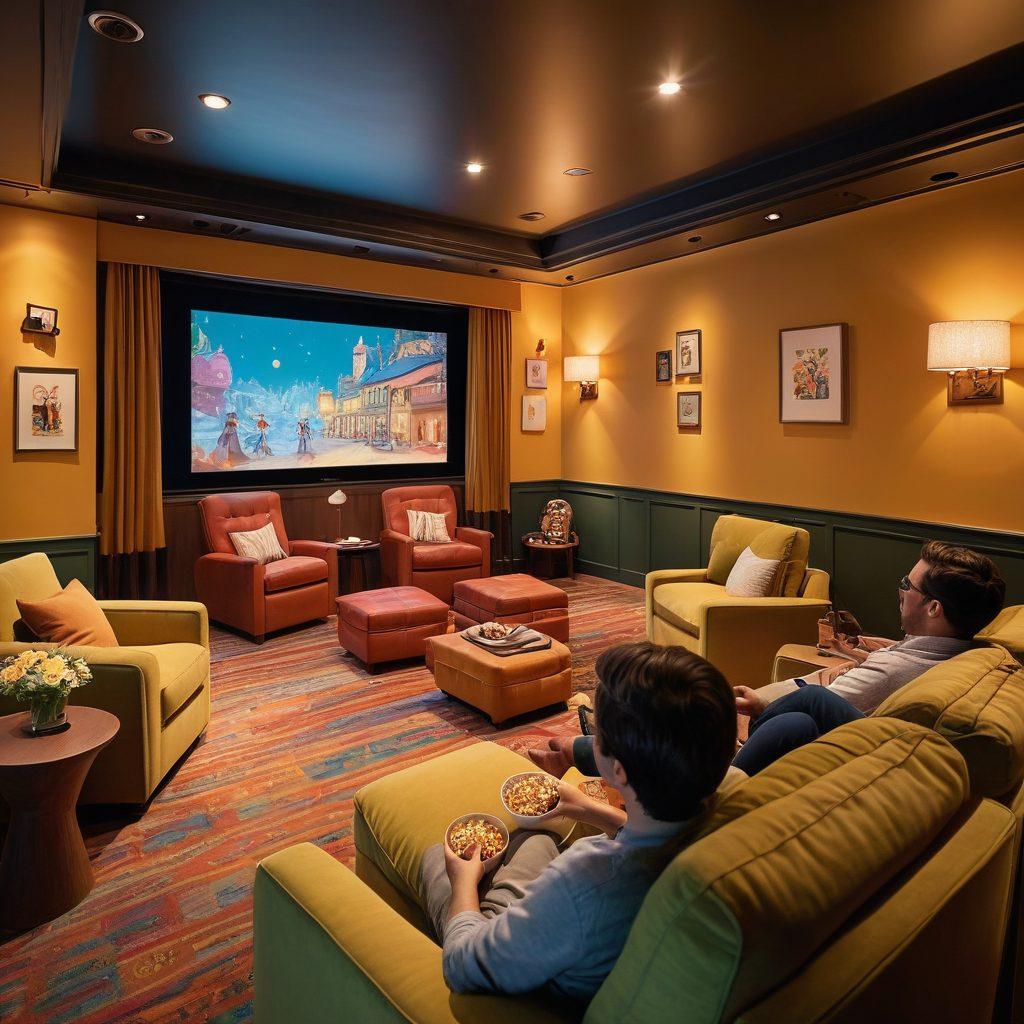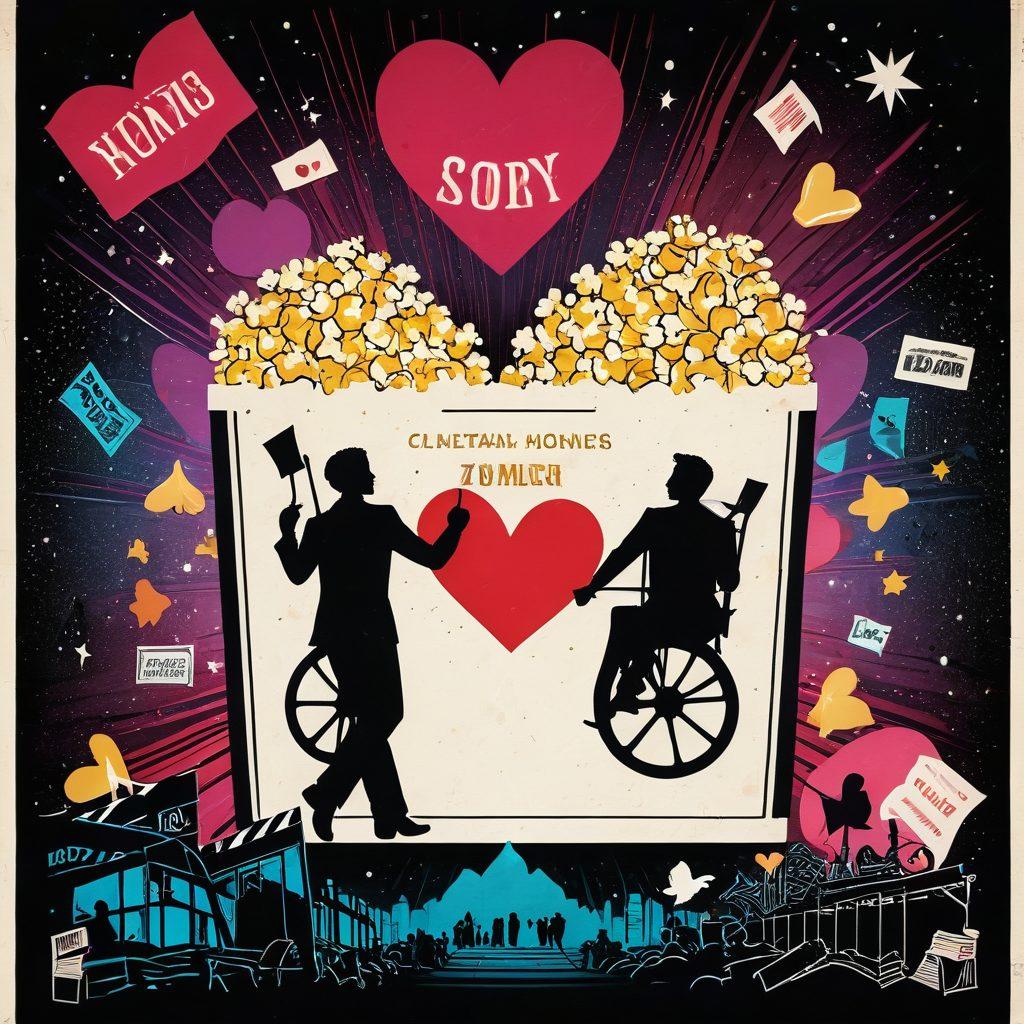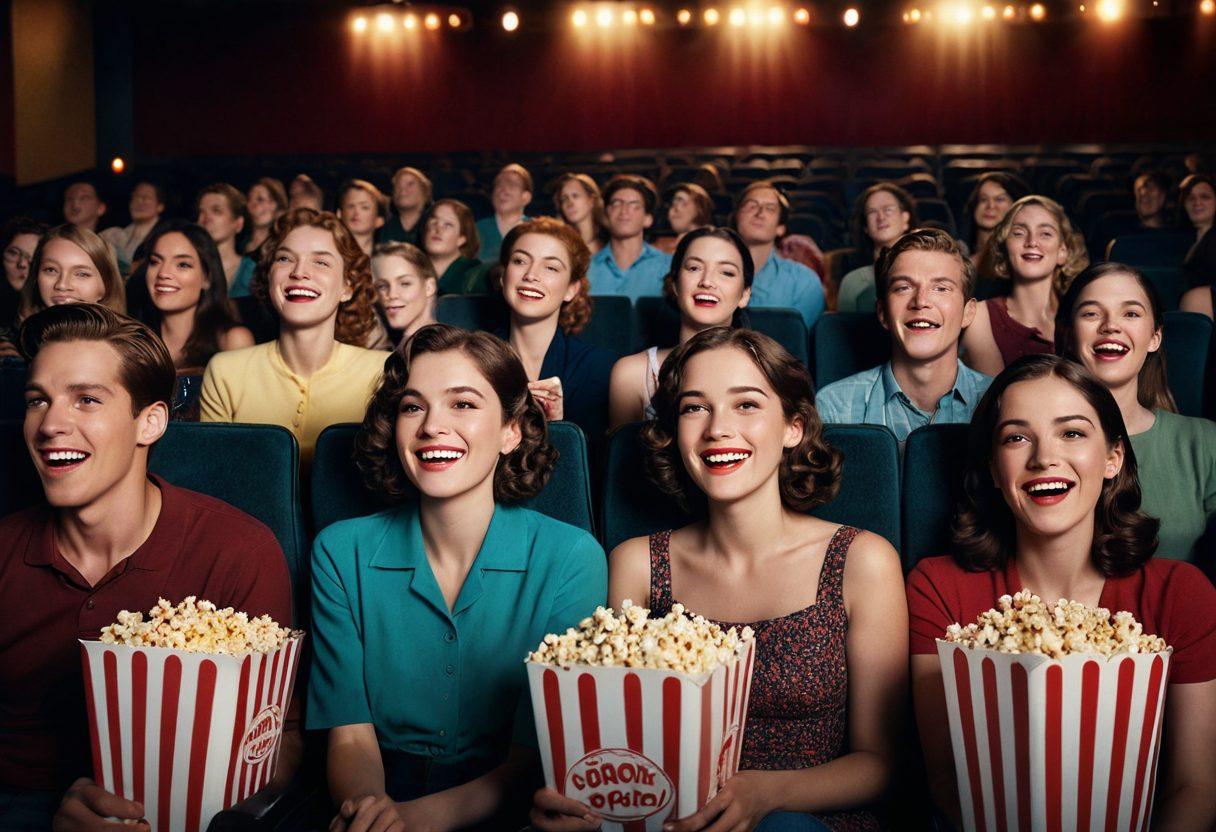Unlocking Joy: The Art of Storytelling in Film and How It Elevates Your Viewer Experience
Picture this: You're nestled in your favorite seat at the theater, the dim lights flicker as the screen comes to life. Suddenly, you're swept away into an entirely different world. Whether it's a heartwarming romantic film that sparks your desire for love or an action film that gets your adrenaline pumping, every flick is a masterclass in storytelling. But what exactly transforms these motion pictures into joyful experiences? And how can we appreciate the intricate dance of filmography that captivates our hearts and minds? Let's explore the art of storytelling in film and how it elevates your viewer experience.
At its core, storytelling in cinema is much more than the script or the screenplay. It’s about weaving together emotions, visuals, and sounds that resonate joyfully with the audience. Remember that delightful moment in a drama where the protagonist triumphs against all odds? Or the cheerful twist in a comedy that leaves you chuckling long after the credits roll? This is the power of storytelling in films! When done right, it lingers with us, becoming a part of our own narratives. It's that ability to reach into our emotions and unravel our own stories that creates compelling cinema.
One of the most beautiful aspects of storytelling is its universality. No matter the genre – be it thrilling suspense, romantic tales, or hilarious comedy – every film has an innate ability to connect with us. Think about your favorite film festival memories. Those blockbusters didn’t just entertain; they transported you into an experience that felt joyous and engaging. A great director once said, 'Cinema is a matter of what's in the frame and what's out.' What’s inside the frame is where the storytelling magic happens, making us cheer for the hero, feel for the villain, or even cry for an unexpected twist in the tale.
But where does this storytelling excellence really stem from? Let's take a journey through the different styles of filmmaking. From the art films reveling in abstract narratives to exhilarating action films packed with high-octane drama, the method of storytelling influences our viewer experience profoundly. Have you ever felt absolutely delighted by a well-crafted plot twist in a thriller or a beautifully shot scene in cinematography? It’s the artist's intentional storytelling that plays with our emotions, turning an ordinary viewing into a profound experience.
As a viewer, you have the power to appreciate and critique how these stories unfold. So, the next time you're watching a feature film or flipping through short films, ask yourself: How does the storytelling touch you? Is it invoking joy, or perhaps drawing out laughter? Pay attention to how different themes and character arcs shape your experience. That's when the true joy of cinema reveals itself. So, our joyful journey through the world of motion pictures might just ignite a newfound appreciation of storytelling, cherishing every cinematic moment as it unfolds before your eyes!
From Screen to Heart: The Role of Cinematic Narratives in Viewer Delight
Imagine you’re settled into your seat at the theater, anticipation buzzing in the air as the lights dim and the screen comes alive. Each flicker of the motion pictures stirs something deep within you, awakening emotions ranging from joy to sorrow. That’s the magic of cinematic narratives – they dance across the screen, weaving tales that resonate deeply within our hearts. As viewers, we yearn to be delighted, to experience the cheerful uplift of a well-crafted comedy or the suspenseful tension of a thriller. But what is it about storytelling in film that evokes such powerful feelings?
At the core of every story is a journey, often reflecting our own lives and experiences. Whether it’s the sweeping romance of a romantic film or the gripping tension of an action film, we find fragments of ourselves within these narratives. A clever director's cut can heighten a film’s emotional impact, allowing viewers to delve deeper into the lives of the characters we’ve come to love. They are not just characters on a screen; they become mirrors - reflecting our dreams, fears, and joys. In this way, filmography transcends mere entertainment to become a vessel for heartfelt connections and personal growth.
Let's take a moment to appreciate the intricacies of different genres. Comedy brightens our days, while drama opens our hearts to profound truths that linger long after the credits roll. Action films take our breath away with their lively choreography and adrenaline-fueled sequences, whereas suspense thrillers keep us on the edge of our seats, eager to unravel mysteries that compel us to think. Art films and short films often challenge conventional storytelling norms, inviting us to experience and interpret in ways that ignite conversation and introspection. What was the last film that truly delighted you, left you pondering, or made you burst into laughter?
Moreover, the viewer experience extends beyond the individual to a communal one. Film festivals bring together passionate audiences, creating shared moments of joy and excitement. In a theater filled with laughter, gasps, and heartfelt sighs, we realize that we’re part of something greater. The power of storytelling reaches its peak when we can connect with others, engaging in discussions about our favorite blockbusters or comparing techniques used in various cinematography styles. Each dialogue enriches our understanding and appreciation of the art form, transforming motion pictures into cherished memories.
In essence, storytelling in cinema is a delightful tapestry of emotions, drawing us in and elevating our viewer experience. Each screenplay, be it a blockbuster or an art film, has the potential to resonate deeply within us, often leaving us inspired and content. So the next time you pop some popcorn and settle down for a flick, remember to embrace the journey that unfolds. Ask yourself: What joy does this story bring to my life? How can I carry the lessons and laughter beyond the screen? After all, the magic of film doesn’t just lie in its entertainment value; it lies in the connection it creates with our hearts.
Beyond the Flicks: Exploring the Emotional Impact of Storytelling in Filmistry
Have you ever been in a theater, popcorn in hand, waiting for the lights to dim, only to find yourself swept away by the story unfolding on the screen? This magical sensation is not just a coincidence; it's the art of storytelling at its peak. The flicks that elevate our emotions and ignite our imaginations are built upon a foundation of immersive narratives that reach deep into our hearts. Whether you find yourself captivated by drama, chuckling at comedy, or on the edge of your seat during thrillers, the emotional impact of storytelling in filmistry is unparalleled. The magic of cinema lies in its ability to create joyful moments, evoke cheerful laughter, and leave you feeling delighted long after the credits roll.
Picture this: you're watching a feature film, and with each scene, you can feel your heart racing during the suspenseful moments and slowly melting during tender romantic scenes. How does a simple screenplay manage to govern your emotions so effortlessly? The answer lies in the intricacies of cinematography and the director's cut that transform written words into breathtaking visual poetry. They take you beyond the mundane, connecting every element from the soundtrack to the cinematic techniques, creating an experience that can only be described as joyful.
But let’s be honest: not all films strike the right chord with viewers. Why is it that some motion pictures become blockbusters while others quickly fade into obscurity? The secret often rests in how effectively a filmmaker can deliver an emotionally resonant story. Think about your favorites – was it the compelling characters, the dance of drama and comedy, or the unexpected twists in action films and thrillers that made those flicks memorable? Celebrated directors at film festivals understand that the heart of viewer experience lies in relatable stories that touch on universal themes, regardless of genre.
Action films may make your heart race, but romantic films encapsulate the feeling of love, while art films provoke thought and introspection. Each category holds its own unique charm, with powerful storytelling at its core. Even short films can deliver poignant messages in mere minutes, leaving you contemplating life long after the screening. Each frame counts, and storytellers meticulously craft their narratives, understanding that every element plays a role in enhancing viewer experience and resonating with emotions. Is it possible that the emotions we feel while watching these films could reflect our own life stories?
As we explore the emotional impact of storytelling in filmistry, we begin to understand ourselves and the world around us better. A well-told story has the power to change perceptions, create connections, and inspire joy. So, the next time you sit down to enjoy a movie, remember that you are part of a grand cinematic journey. And who knows, the flicks that delight you today may unfold into something profoundly meaningful in the future—after all, every film has the potential to become a cherished memory just waiting to be discovered!


